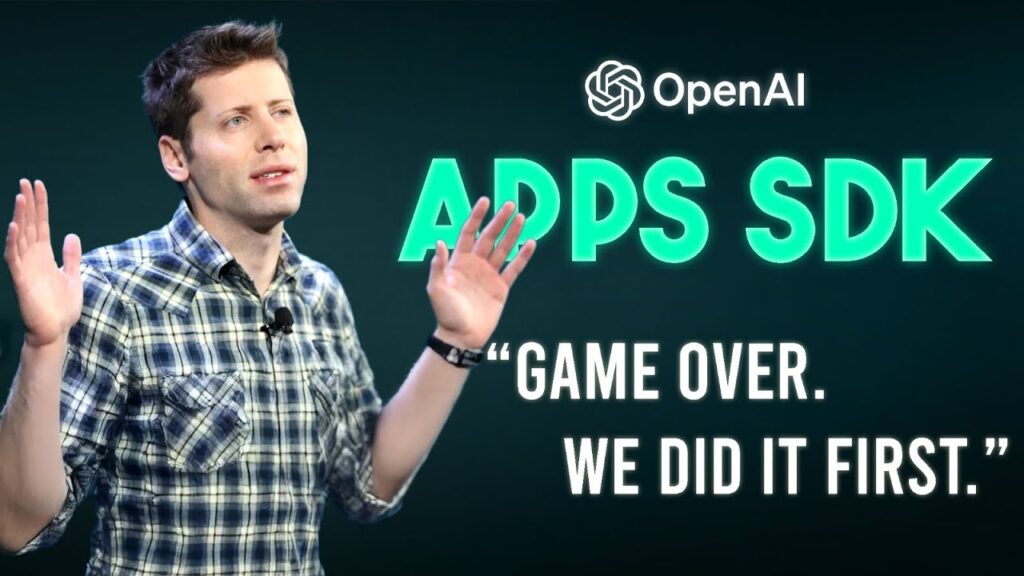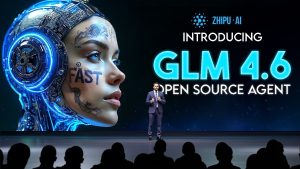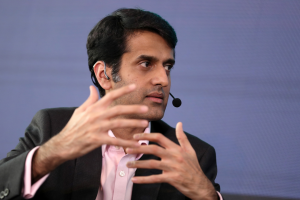OpenAI Launches ChatGPT Apps SDK: Huge Enhancement!

The Future of AI: OpenAI’s Game-Changing Innovations
OpenAI is taking significant strides forward with ChatGPT, transforming it from a simple chat interface into a full-blown platform. Packed with innovative features such as apps, autonomous agents, and cutting-edge hardware, OpenAI is redefining our interaction with artificial intelligence. Let’s explore these exciting developments in depth.
ChatGPT Gets a Major Upgrade
The recent launch of the Apps SDK is a game changer. Built on the Model Context Protocol, this tool allows developers to craft interactive applications that seamlessly integrate into the ChatGPT environment. The initial lineup boasts an impressive range of applications from companies like Booking.com, Canva, Coursera, Expedia, Figma, Spotify, and Zillow. The beauty of this feature lies in its simplicity and efficiency. Users can access apps using straightforward natural language prompts, and ChatGPT handles the rest, providing a smooth and intuitive experience.
When interacting with an app for the first time, ChatGPT will clearly outline the necessary data, request permission, and establish a connection. This level of transparency makes the experience feel more integrated and streamlined, effectively compressing the web into a single conversation.
OpenAI envisions this framework as a new app ecosystem designed to replace traditional menus with natural language options. Developers can now link to their own backend systems, test projects in developer mode, and reach hundreds of millions of users effortlessly. In addition, an official app directory and review system are set to launch later this year, along with monetization options through the Agentic Commerce Protocol, which will allow for instant checkouts within ChatGPT.
Entering the Super App Era
OpenAI aims to keep users engaged within ChatGPT for various tasks—whether it involves booking travel, creating graphics, purchasing products, or learning new skills—without needing to exit the chat interface. Unlike conventional app store rankings, app visibility now hinges on how relevant a tool feels within the ongoing conversation.
The Power of Agent Kit
OpenAI’s Agent Kit is another remarkable addition that allows developers to create autonomous AI agents through a drag-and-drop interface. These agents function as reasoning systems capable of planning, fetching data, and taking action, acting as the operational brains behind the integrated apps.
Key components of Agent Kit include:
- Agent Builder: A visual canvas for designing multi-agent logic using nodes and connections.
- Connector Registry: The command center for linking data across popular services like Dropbox, Google Drive, SharePoint, and Microsoft Teams.
- ChatKit: Allows for embedding customized chat interfaces, enabling agents to feel native to the website or product they are integrated with.
- Evolves: A toolkit for assessing agent performance, which includes functionalities for grading, trace grading, automatic prompt optimization, and support for third-party models. This is crucial for ensuring that once agents operate autonomously, they maintain a high level of accuracy.
The ability to simulate tasks and test workflows before reaching end users makes the development process smoother. Evolves helps teams quickly identify flaws, preview runs, roll back changes, and address issues effectively.
Codex: The Engineering Layer
To empower developers even further, OpenAI has unveiled Codex, which facilitates coding tasks with improved efficiency. Originally in research preview, Codex has now launched officially, including integration with Slack and a comprehensive admin dashboard. By tagging Codex in a Slack conversation, it can extract relevant context, execute tasks in the Codex cloud, and return results promptly.
Built on GPT-5, Codex is optimized for speed and precision. It can remember context, resume sessions, and integrate seamlessly with CI/CD pipelines. Some companies, including Cisco and Instacart, have reported significant improvements in their development processes since incorporating Codex, such as reducing code review times and automating maintenance tasks.
The Need for Compute Power
For these advancements to reach their full potential, robust computational resources are essential. OpenAI has secured partnerships with both AMD and Nvidia, marking one of the largest hardware deals in tech history. This multi-billion dollar agreement includes an option for OpenAI to acquire up to 10% of AMD while ensuring access to six gigawatts of AI compute through AMD’s upcoming MI450 chips.
This strategic move places OpenAI in a strong position to ensure a reliable future for its computational needs, enabling the support of vast numbers of users engaging with its ecosystem. Sam Altman, CEO of OpenAI, highlighted the importance of compute power as a growth constraint, and these partnerships alleviate that barrier by locking in crucial global chip supply.
The Advent of AI Hardware
In parallel with its software developments, OpenAI is collaborating with renowned Apple designer Jony Ive to create a unique AI companion device. This palm-sized device is designed to be an omnipresent assistant—listening, seeing, and speaking—without a screen. Unlike conventional smart devices, it will operate naturally without needing trigger words, blending seamlessly into users’ lives.
However, it’s important to note that this project has encountered challenges, such as computing power needs and privacy considerations. OpenAI aims to strike a balance where the device is helpful yet non-intrusive, a delicate aspect that they’ll need to navigate carefully.
A Unified Ecosystem
When you look at the broader picture, it becomes evident how all these components fit together—ChatGPT apps serve as the user-facing layer, the Agent Kit embodies the reasoning layer, and Codex forms the engineering layer. This synergy creates a self-sustaining ecosystem, where apps collaborate with agents, agents interact with various tools, and Codex underpins the code that keeps everything operational.
To maintain stability and high standards, OpenAI has implemented strict regulations for every app related to data handling and performance. Anything deemed unreliable or misleading will not be accepted. This transition signifies a shift towards an environment where communication, creation, and computation coalesce into one cohesive experience.
Conclusion
OpenAI is strategically positioning ChatGPT not just as a chatbot but as a foundational layer for future digital infrastructure. This evolution paves the way for developers to create new applications, automate business processes, and engage users in ways that feel more intuitive and integrated.
As this ecosystem continues to expand and evolve, we are left to wonder: is OpenAI truly pioneering the future of AI, or merely tightening its grip on an expanding market? The implications of these advancements will be exciting to watch unfold. What are your thoughts on the future of AI and OpenAI’s role in it? Feel free to share in the comments below. If you found this breakdown informative, consider subscribing and liking for future updates.
#OpenAI #Dropped #ChatGPT #Apps #SDK #Massive #Upgrade
Thanks for reaching. Please let us know your thoughts and ideas in the comment section.
Source link






The starting gun has just fired.
one app to bind them all and in the matrix find them
SAMUEL SIEMPRE REFRESCANTE✨️🧿
It's only a matter of time before we see ChatGPT games.
we are having safety concerns over all this ai crap.
Still waiting for Humanoids 😂